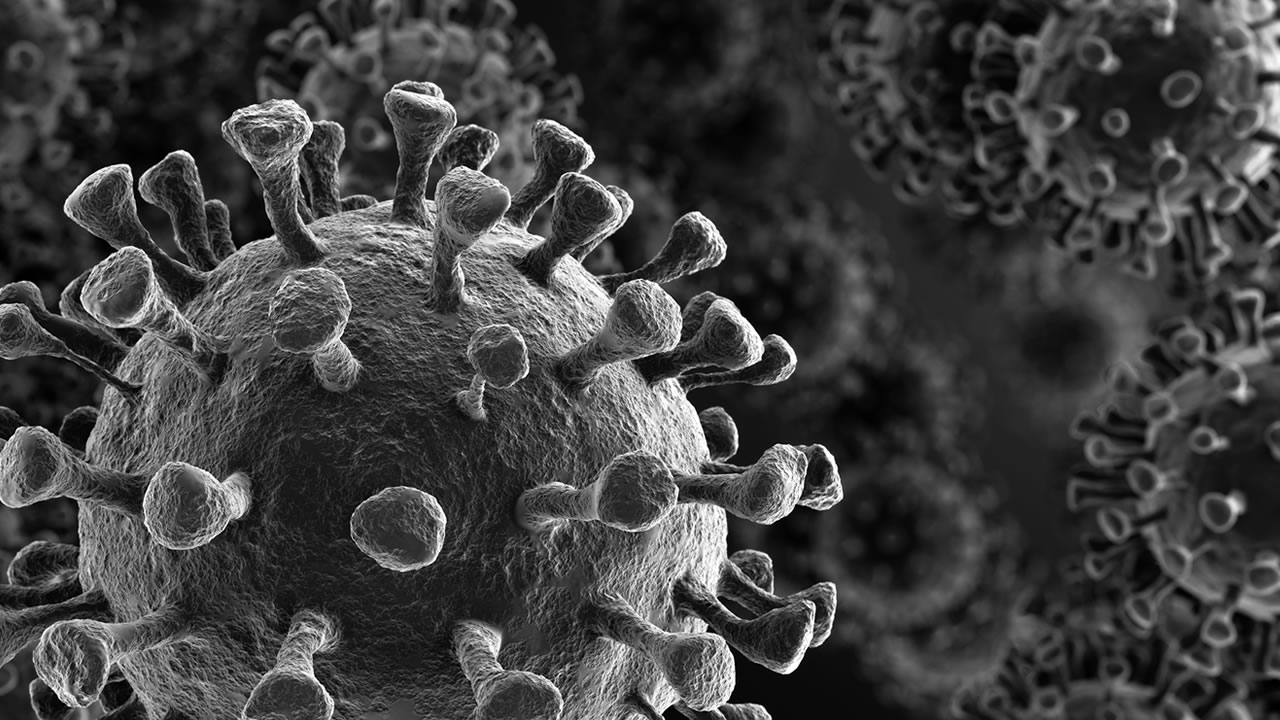The pandemic has upended life around the world, crippling the global economy and creating a "new normal" for American life.
Here is what we know about the pandemic so far:
Note: This coronavirus is new, and therefore all research is preliminary. Guidelines and recommendations are subject to change as experts learn more about the virus.
What is a coronavirus? Is it the same as COVID-19?
Coronaviruses are a large family of viruses, some of which cause the common cold; others found in bats, camels and other animals have evolved into more severe illnesses.
[Ads /]
The coronavirus at the center of the pandemic is a newly identified strand. The disease from this new coronavirus is officially named COVID-19, while the virus itself is called SARS-CoV-2.
The new virus was first identified in the Chinese city of Wuhan in December 2019 and has since spread globally, according to the Centers for Disease Control and Prevention.
Coronaviruses are responsible for two other recent outbreaks: the 2003 SARS (severe acute respiratory syndrome) outbreak and the 2012 MERS (Middle East Respiratory Syndrome) outbreak.
What are coronavirus symptoms? How does it spread?
Patients with COVID-19 have had a wide variety of symptoms and can experience mild to severe respiratory illnesses.
The disease has the potential to attack many areas of the body, not just the respiratory system as previously thought. In late April, the CDC added six new symptoms to its list.
People with these symptoms or a combination of these symptoms may have COVID-19:
- Cough
- Shortness of breath or difficulty breathing
People with at least two of these symptoms may have COVID-19:
- Fever
- Chills
- Repeated shaking with chills
- Muscle pain
- Headache
- Sore throat
- New loss of taste or smell
Emergency warning signs include:
Anyone experiencing emergency symptoms should seek medical attention immediately. Please note that these lists are not all-inclusive.
Symptoms may appear anytime between two to 14 days after exposure.
The virus that causes COVID-19 is spreading very easily and sustainably between people. Like the common cold, the virus is transmitted through droplets when a person coughs or sneezes. It's also possible that a person can get COVID-19 by touching a surface with the virus on it before touching their mouth, face or eyes.
The virus can live in the air for several hours, up to 24 hours on cardboard and up to two to three days on plastic and stainless steel. Cleaning surfaces with solutions containing diluted bleach should kill it.
Each infected person spreads to two or three others on average, researchers estimate. It spreads more easily than flu but less than measles, tuberculosis or some other respiratory diseases.
[Ads /]
RELATED: Cancellations, suspensions and shortages related to the global coronavirus outbreak
What can I do to prevent myself from getting sick? Do face masks actually work?
Here are protective measures everyone can take, according to the World Health Organization:
WATCH: A doctor explains how to properly wash your hands
How to Wash Your Hands
As of Friday, April 3, the CDC advised Americans to wear face coverings in public.
This recommendation was updated to respond to new research on transmission, or the spread of COVID-19. Recent studies suggest that asymptomatic individuals, or people who do not show COVID-19 symptoms but have the disease, can transmit the virus to others. This means people who feel fine can spread the coronavirus to others in close proximity by speaking, coughing and sneezing.
RELATED: Should Americans wear masks? Everything you need to know about new CDC guidelines
How can I prepare for and cope with an outbreak in my community?
In the wake of wider coronavirus spread in the U.S., people should not panic, health experts stress.
A good way to think about planning, says former CDC Director Dr. Tom Frieden, is "if you had to be quarantined for 14 days at home," how would you cope?
Consider special needs such as allergies, medical conditions such as diabetes, babies who might need ready-to-feed formula and toddlers who might need shelf-stable milk. And don't forget about your pets. Click here to see a list of things worth buying in advance.
[Ads /]
It seems unlikely that water service would be disrupted, but CDC's general guidance is to have at least three gallons for each person and pet.
Also, families should have a plan in case a family member falls ill, such as designating a care room.
Clean things that are touched a lot -- countertops, light switches, doorknobs, cabinet handles -- daily using ordinary detergent and water, the CDC advises.
How to prepare for a coronavirus outbreak
If you're at home for an extended period of time with children, click here to see a list of ways to keep kids occupied, entertained and comfortable.
How many cases are confirmed globally? In the United States?
John Hopkins University pulled real-time data from WHO, the CDC and other government sources to track global cases of COVID-19. CLICK HERE to access this dashboard.
Can infected people who recover get it again?
It's not known. A few reports from China say some people had COVID-19, recovered and then fell ill again. It's unclear if that's a relapse, a new infection, or a case where the person never fully recovered in the first place.
Dr. Anthony Fauci, the nation's top infectious disease expert, told Congress on Thursday that it was unlikely that someone could get reinfected.
"We haven't formally proved it, but it is strongly likely that that's the case," he said. "Because if this acts like any other virus, once you recover, you won't get reinfected."
Click here for the latest local, national and international coronavirus coverage
The Associated Press contributed to this report.

